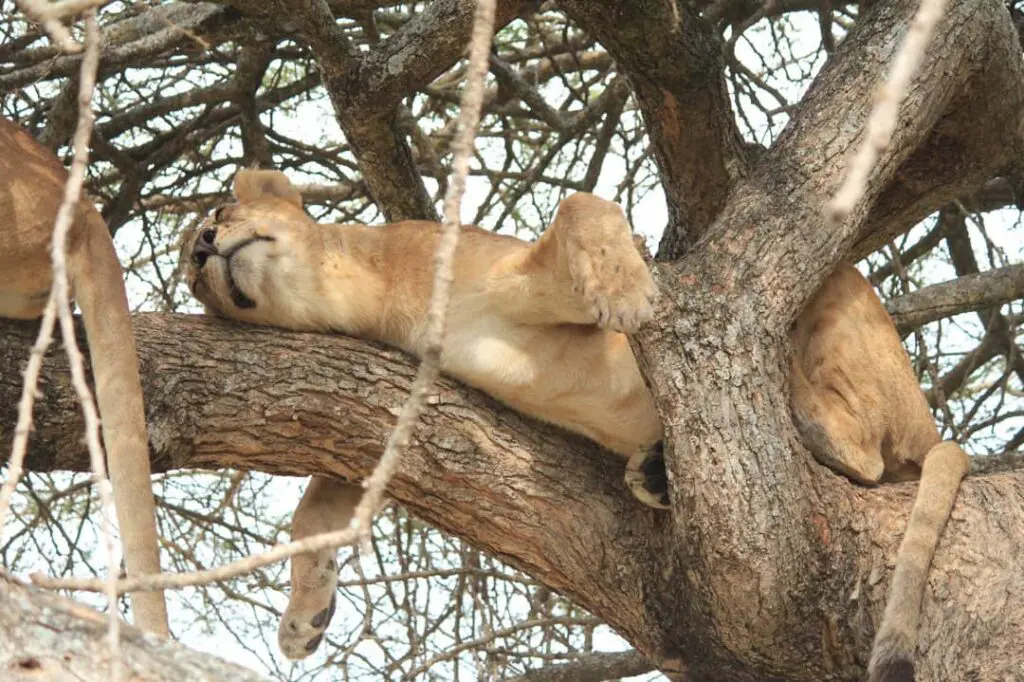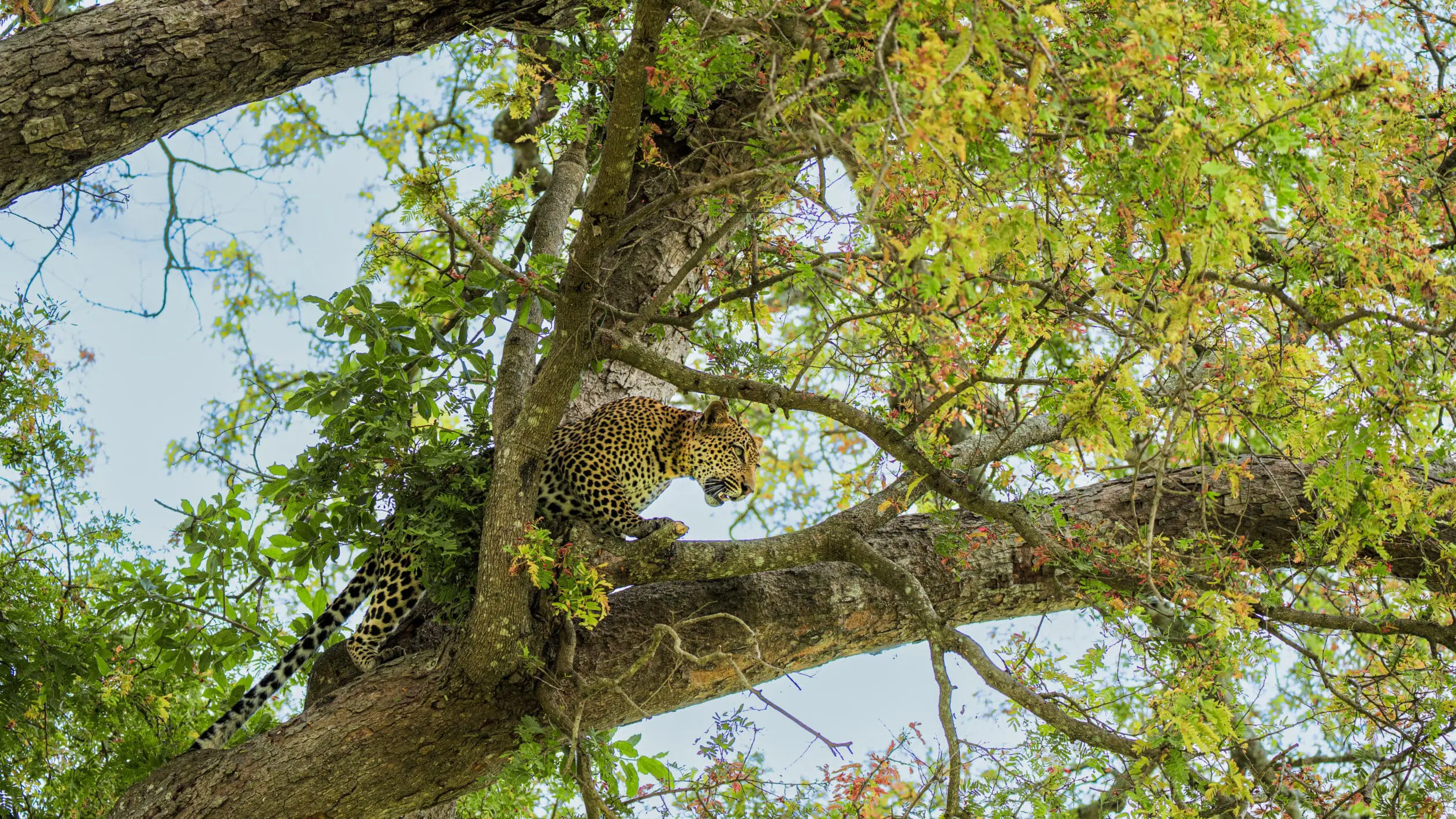
The Big five Tanzania
The Big Five: lion, leopard, elephant, rhino, and buffalo, are icons of the African wilderness. Tanzania offers the best chance to see them all, from the Serengeti to the Ngorongoro Crater and other large parks in the north. Discover when and where to best spot these animals during a private safari with our local guides.
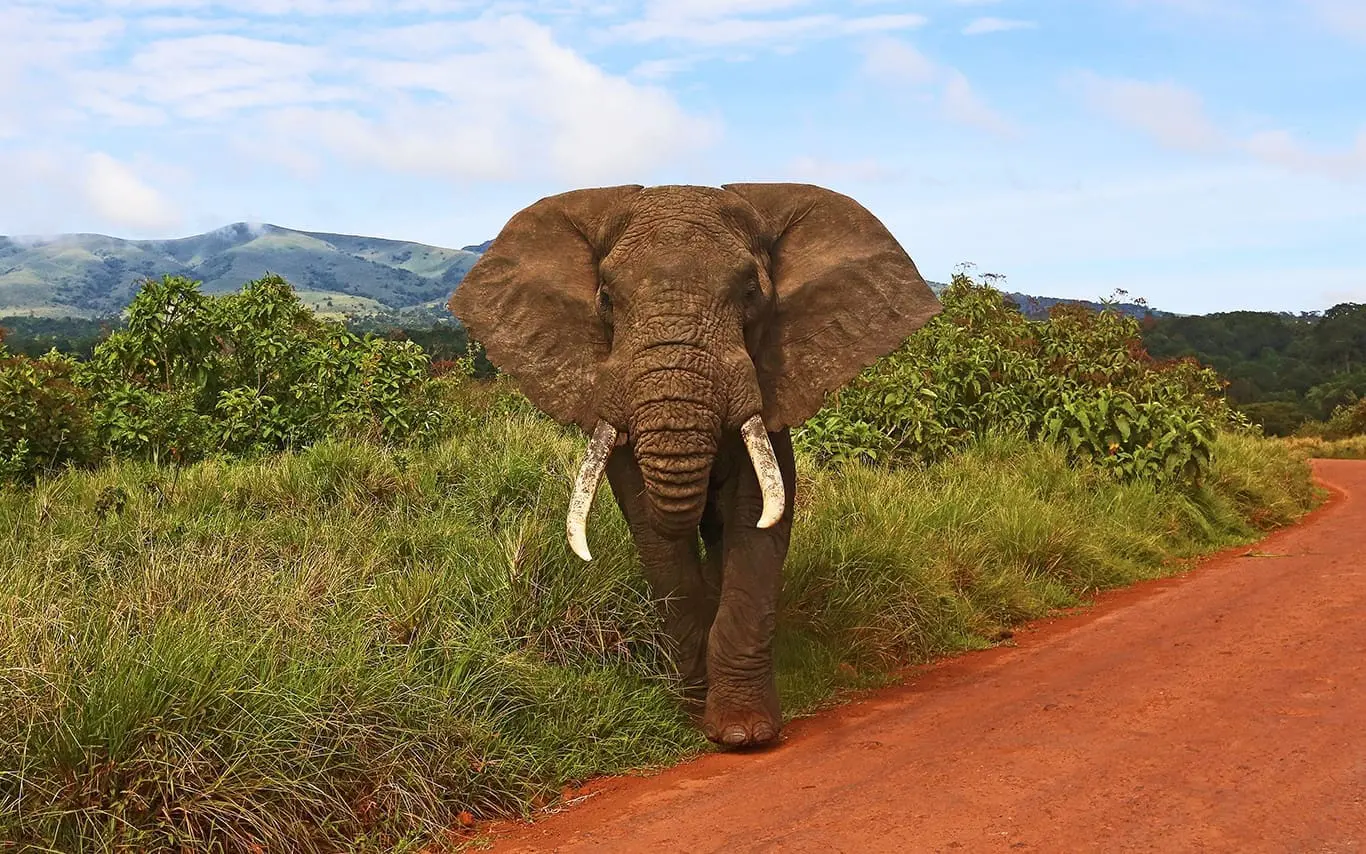
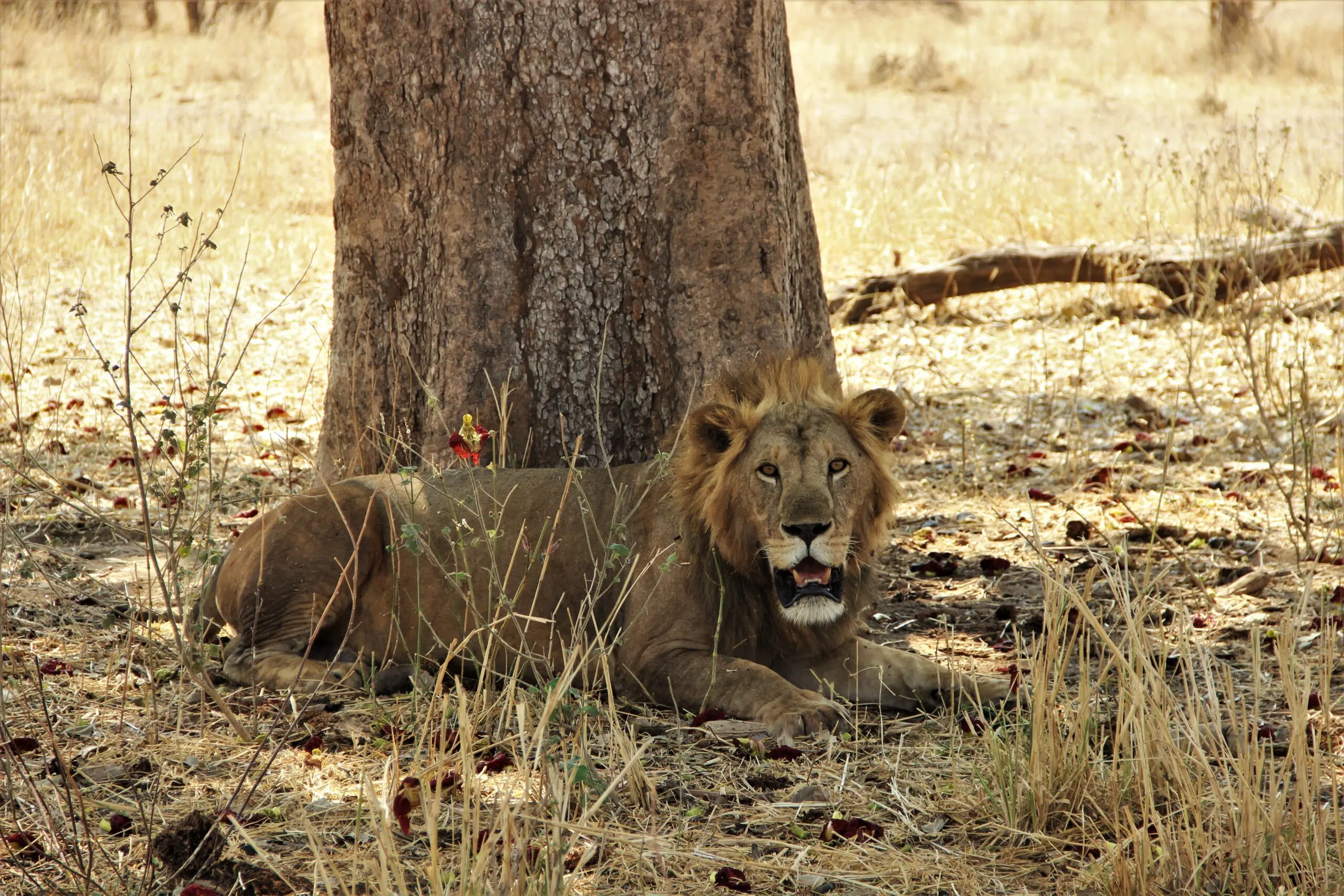
Spotting the Big Five
That’s definitely something high on many people’s lists. Tanzania is the location where you have the greatest chance of achieving this. Because the concentration of wild animals in Tanzania is the highest in all of Africa, the chance of encountering the Big Five here is also the greatest. It’s no coincidence that Tanzania has been named the best country for wildlife spotting. In this blog, we’ll take you through the history of the Big Five and what you need to do to spot them.
Did you know that Tanzania is among the top destinations worldwide for wildlife safaris, with the largest populations of lions and elephants in Africa?
What is the Big Five?
The name Big Five has nothing to do with the sizes of the animals. It’s a name given in Africa in the 19th and early 20th centuries to the animals that were the most difficult to hunt. These were times when hunting these beautiful animals was still accepted. Nowadays, only photos are taken of the Big Five, and the animals can enjoy their own nature again.
The term was officially established by hunters in South Africa but later gained a positive meaning in safari tourism. Today, the Big Five symbolizes respect for nature and biodiversity.
Which Animals are in the Big Five and where Can You Find Them?
The Big Five consists of the lion, leopard, elephant, rhino, and buffalo. These animals represent the strength, speed, and survival instincts of the African ecosystem.
The Lion
Perhaps one of the world’s most impressive animals. The ruler of the African savannas. The lion is a large feline that is at the top of the food chain in Africa. Lions are very social and often live in groups with 1 male and a few females. The lion can still be found in much of Africa and a very small part of India.
In Tanzania, it’s estimated that there are more than 15,000 lions, especially in Serengeti National Park and Ngorongoro Conservation Area.
“During our safaris in Serengeti, we often see lion families resting under acacia trees, especially in the early morning.”
The Leopard
The leopard, not to be confused with the cheetah, is another predator from the feline family. Along with the rhino, the cheetah is the most difficult to spot in the wild. This is because they often spend entire days in trees. At dusk, the leopard often comes out of the tree to go hunting. The leopard can be found in Africa and Asia.
Leopards can be seen mainly in the Serengeti, Tarangire, Selous, and possibly also in the Crater. They are solitary and active at dusk. In Tanzania, there are still about 5,000 to 7,000 specimens.
The elephant
The elephant is the largest land animal in the world. With their large ears, impressive tusks and long trunk, they are easy to recognize. Elephants always live in groups where there is a lot of social contact. The oldest cow is often the leader of the group. Elephants can be found in much of Africa and in southeast Asia.
In Tanzania, there are more than 60,000 African elephants, with large populations in Tarangire National Park, Serengeti, Lake Manyara, and Selous Game Reserve.
“Tarangire is known for its herds of up to 200 elephants at once, an impressive sight.”
The rhino
The rhino is currently the rarest animal in the Big Five. This is because the rhino population has never been so low. These impressive animals are heavily hunted because the horn is believed to have medicinal powers. Rhinos can now only be found in a few places in southern Africa.
In Tanzania, there are now only a few dozen black and white rhinos. Thanks to protection programs in the Ngorongoro Crater, northern Serengeti, and Mkomazi National Park, among others, their numbers are slowly increasing.
The buffalo
The buffalo is the easiest animal to spot of the Big Five. This is because they are present in large numbers on the vast plains of Africa. Their frequent occurrence doesn’t make them less interesting. It’s very impressive to see a group of 1000 buffaloes crossing a river. Buffaloes can mainly be seen on the African savannas.
Buffaloes are found in almost every national park in Tanzania, from Lake Manyara to Selous. They live in herds that sometimes number thousands of animals and are often called ‘the unpredictable force of Africa’ by guides.
Face to face with the Big Five – an unforgettable experience!
Everything was arranged down to the last detail, from transportation to the lodges. Our guide Richard made sure we felt welcome everywhere and knew exactly where we needed to be. Thanks to his knowledge and dedication, we saw all five of the Big Five – something we’ll never forget.
A perfectly organized trip and a memory for life!
— C.G., October 2025
Why Was it so Difficult to Hunt the Big Five?
After seeing these five impressive animals, it’s not hard to imagine why they once posed such a challenge for hunters. The animals of the Big Five are not necessarily predatory animals. Yet these animals were among the most difficult to hunt. This is mainly because elephants, rhinos, and buffaloes often attacked people who came too close with their great strength. Leopards were often too difficult to find because there was no good equipment to hunt at night at that time.
Today, the focus is on protection. The Big Five plays an important role in anti-poaching programs and sustainable tourism, which directly contributes to nature conservation in Tanzania.
Solutions and strategies
- Anti-Poaching Units (APUs): specialized teams of trained rangers protect the animals in their natural habitat. They patrol daily in national parks and reserves to discourage and detect poachers.
- Protected areas: about a third of Tanzania’s land area consists of protected natural areas, including national parks, reserves, and conservancies that together form a large habitat for the Big Five.
- Stricter law enforcement: The Tanzanian government and international partners seize illegal products such as ivory, arrest poachers, and prosecute traders to stop illegal trade.
- Technology: drones, motion sensors, and data analysis are increasingly being used to monitor large areas and detect poaching activities more quickly.
- Collaboration with local communities: by involving residents in nature conservation and supporting them with alternative sources of income (such as ecotourism and crafts), dependence on poaching decreases and local support for conservation grows.
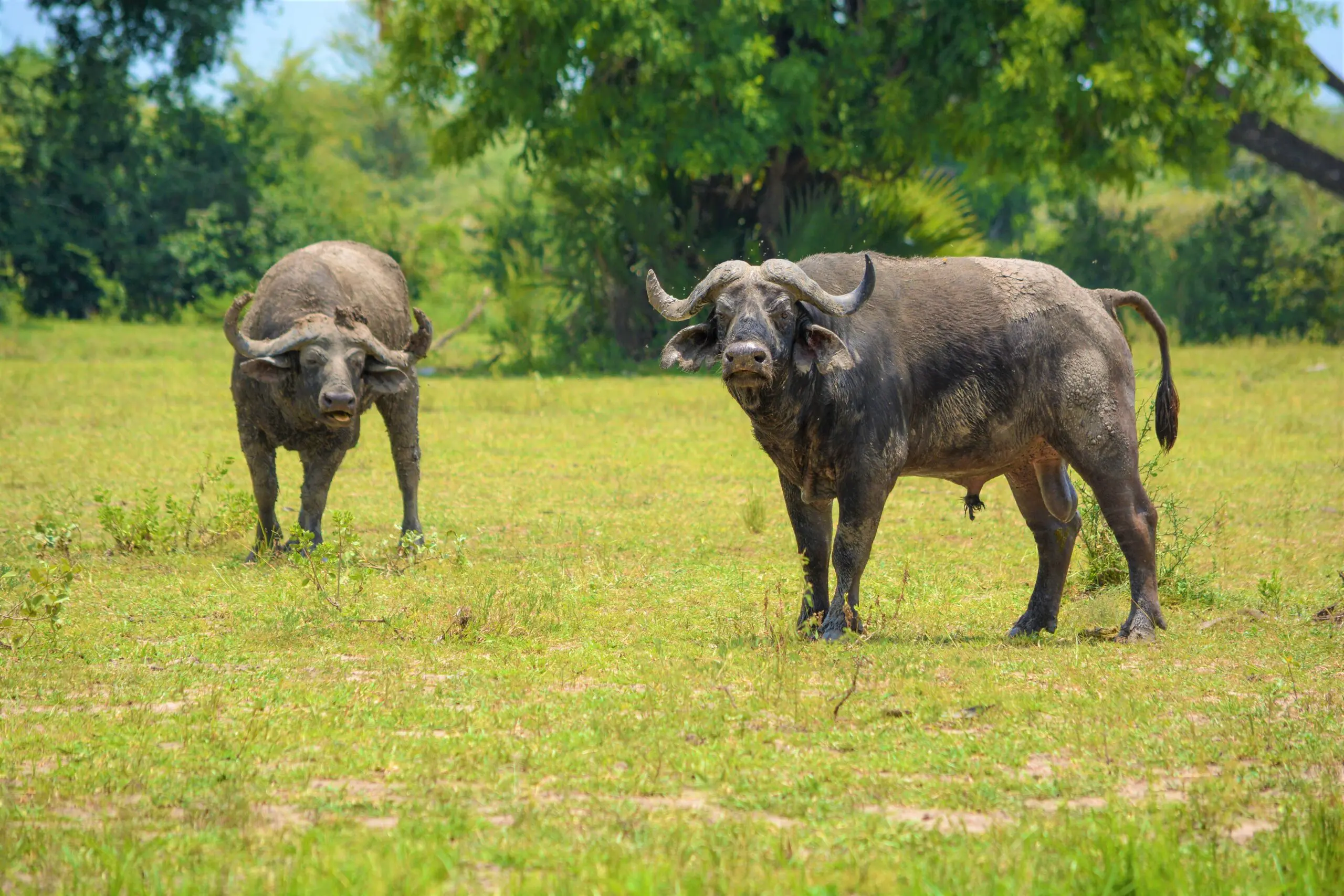
Where in Tanzania Can You See all of the Big Five?
In Tanzania, you can see the Big Five in various locations. Below are the best places to spot each animal:
Lion & Leopard:
- Serengeti National Park
- Tarangire National Park
- Lake Manyara
- Ngorongoro National Park
Elephants & Buffaloes:
- All national parks in Tanzania
Rhinos:
- Serengeti National Park
- Ngorongoro National Park (greatest opportunity).
Best travel time: you can spot animals well all year round. During your trip, we take into account the places where most animals, including the Big Five, can be found in your travel period. Only in the rainy season (March to May) can it be a bit more difficult, as animals then tend to shelter from the rain more often.
Spot the Big Five Yourself
Want to spot the Big Five with your own eyes? With our extensive Tanzania tours you always have a chance to see these five beautiful animals in real life. Our experienced tour guides know the best spots and can tell you everything about all these animals. Check out our range of Tanzania trips and request a quote. Then we’ll work together to find the best trip where you can come face to face with the Big Five.
Written by the safari team of Paradise & Wilderness – Travelife certified and specialized in private safaris in Tanzania. Last updated: 2025-11-05
FAQ - the Big Five in Tanzania
The animals can be seen all year round! The best period is during the dry season from June to October. Animals gather around watering holes then, increasing the chance of seeing multiple Big Five species in one day.
Yes, in theory, that’s possible in the Ngorongoro Conservation Area and the Serengeti. Especially Ngorongoro Crater offers a unique chance, as the rhino population lives concentrated there. The other four species move freely through the area.
Yes. In Tanzania, both the white and black rhino (Diceros bicornis) live, while the Indian rhino is only found in Asia.
Surprisingly, not the lion, but the African buffalo. It’s considered one of the most dangerous animals in Africa
The Tanzania Wildlife Authority (TAWA) and WWF work together on anti-poaching programs, satellite tracking of elephants, and local projects that link tourism to nature conservation. Thanks to these efforts, the number of black rhinos is slowly increasing.

